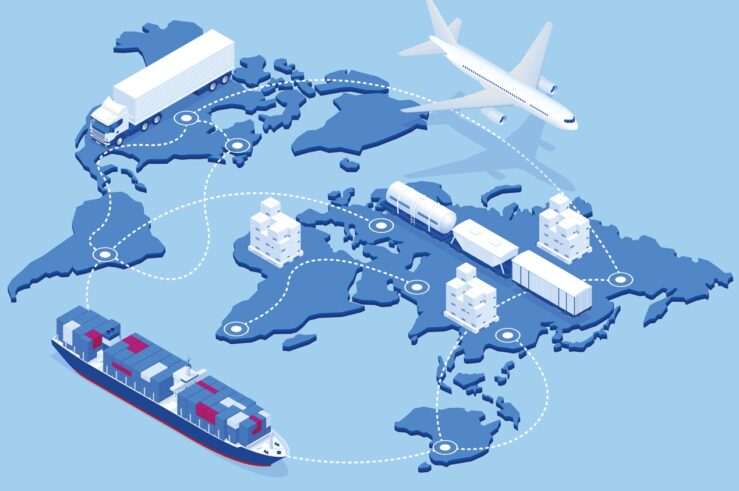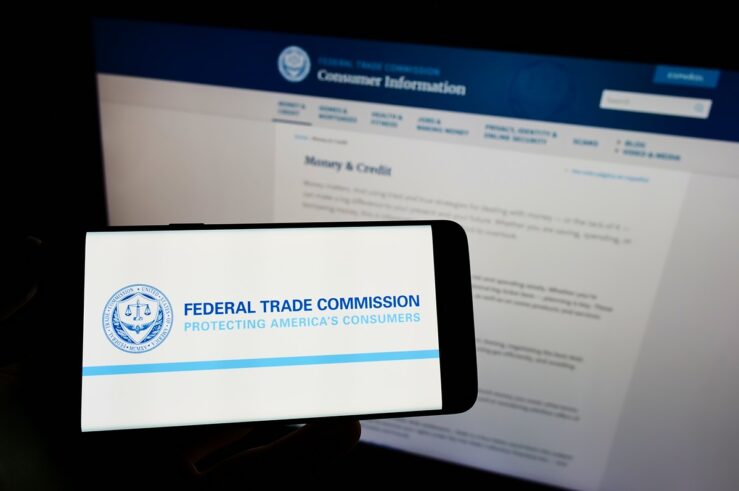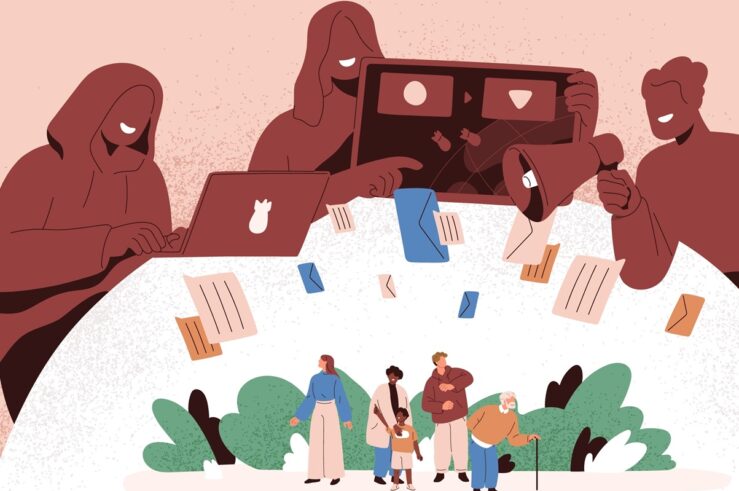On March 14, the Federal Circuit will hear oral arguments in the case of BTG International v. Amneal Pharmaceuticals that could dramatically influence the future of duplicative patent litigation in the pharmaceutical industry. The court will determine whether the America Invents Act (AIA) bars patent challengers that succeed in invalidating patents in inter partes review (IPR) proceedings from repeating their winning arguments in district court. Courts and litigants had previously assumed that the AIA’s estoppel provision only prevented unsuccessful challengers from reusing failed arguments. However, in an amicus brief filed in the case last month, the U.S. Patent and Trade Office (USPTO) argued that, although it seems counterintuitive, under the AIA, even parties that succeed in getting patents invalidated in IPR cannot reuse their arguments.
If the Federal Circuit agrees with the USPTO, patent challengers could be strongly deterred from bringing IPR proceedings because it would mean they couldn’t reuse any arguments in district court. This deterrent effect would be especially strong for generic drug makers, who must prevail in district court in order to get approval for their Abbreviated New Drug Application from the FDA.
Critics of the USPTO’s position assert that it will frustrate the AIA’s purpose of facilitating generic competition. However, if the Federal Circuit adopts the position, it would also reduce the amount of duplicative litigation that plagues the pharmaceutical industry and threatens new drug innovation. According to a 2017 analysis of over 6,500 IPR challenges filed between 2012 and 2017, approximately 80% of IPR challenges were filed during an ongoing district court case challenging the patent. This duplicative litigation can increase costs for both challengers and patent holders; the median cost for an IPR proceeding that results in a final decision is $500,000 and the median cost for just filing an IPR petition is $100,000. Moreover, because of duplicative litigation, pharmaceutical patent holders face persistent uncertainty about the validity of their patents. Uncertain patent rights will lead to less innovation because drug companies will not spend the billions of dollars it typically costs to bring a new drug to market when they cannot be certain if the patents for that drug can withstand IPR proceedings that are clearly stacked against them. And if IPR causes drug innovation to decline, a significant body of research predicts that patients’ health outcomes will suffer as a result.
In addition, deterring IPR challenges would help to reestablish balance between drug patent owners and patent challengers. As I’ve previously discussed here and here, the pro-challenger bias in IPR proceedings has led to significant deviation in patent invalidation rates under the two pathways; compared to district court challenges, patents are twice as likely to be found invalid in IPR challenges. The challenger is more likely to prevail in IPR proceedings because the Patent Trial and Appeal Board (PTAB) applies a lower standard of proof for invalidity in IPR proceedings than do federal courts. Furthermore, if the challenger prevails in the IPR proceedings, the PTAB’s decision to invalidate a patent can often “undo” a prior district court decision in favor of the patent holder. Further, although both district court judgments and PTAB decisions are appealable to the Federal Circuit, the court applies a more deferential standard of review to PTAB decisions, increasing the likelihood that they will be upheld compared to the district court decision.
However, the USPTO acknowledges that its position is counterintuitive because it means that a court could not consider invalidity arguments that the PTAB found persuasive. It is unclear whether the Federal Circuit will refuse to adopt this counterintuitive position or whether Congress will amend the AIA to limit estoppel to failed invalidity claims. As a result, a better and more permanent way to eliminate duplicative litigation would be for Congress to enact the Hatch-Waxman Integrity Act of 2019 (HWIA). The HWIA was introduced by Senator Thom Tillis in the Senate and Congressman Bill Flores In the House, and proposed in the last Congress by Senator Orrin Hatch. The HWIA eliminates the ability of drug patent challengers to file duplicative claims in both federal court and IPR proceedings. Instead, they must choose between either district court litigation (which saves considerable costs by allowing generics to rely on the brand company’s safety and efficacy studies for FDA approval) and IPR proceedings (which are faster and provide certain pro-challenger provisions).
Thus, the HWIA would reduce duplicative litigation that increases costs and uncertainty for drug patent owners. This will ensure that patent owners achieve clarity on the validity of their patents, which will spur new drug innovation and ensure that consumers continue to have access to life-improving drugs.




